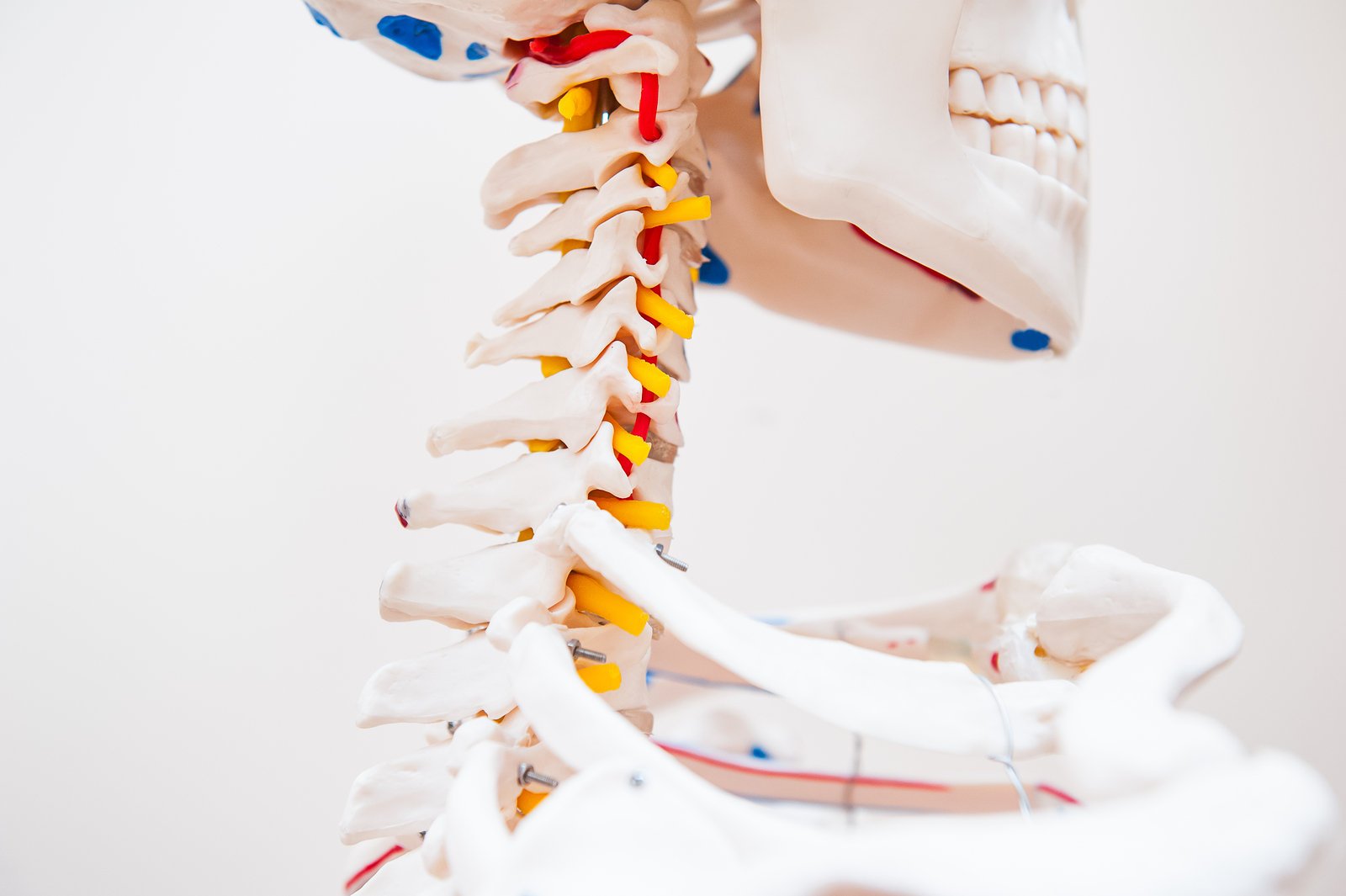
The aim of this study was to examine how risks and benefits of cervical spine manipulation (CSM) were framed and discussed in the context of mentorship and their impact on the perception of safe practice of CSM in clinical physiotherapy settings. A multi-method qualitative approach was employed, including a document analysis of established educational guidelines, observations of mentoring sessions, and individual face-to-face interviews with five mentees in the process of learning CSM, and four mentors with Orthopedic Manual Physical Therapy (OMPT) certification.
Results demonstrated that participants’ clinical decision-making processes to perform CSM were primarily oriented to the mitigation of risk. Achieving proficiency in the “science” of clinical reasoning and the “art” of “feel” related to mastering technical skills were viewed as means to mitigating risk and enhancing confidence to use CSM safely in clinical practice. While the “art” of technical skill mastery was of high importance to mentees and considered important to developing competency in performing CSM, it was discussed as distinct from their clinical reasoning processes. Thus, promoting a more balanced and integrated use of the “art” and “science” of safe practice for CSM in OMPT training may result in greater confidence and judicious use of CSM by physiotherapists.
No comments:
Post a Comment